What would a solar eclipse look like from the moon? MSU astronomer answers that and more

A total solar eclipse will be visible across the U.S. on Monday. Shannon Schmoll, director of the Abrams Planetarium at Michigan State University, explains why and how eclipses happen and what scientists can learn from an eclipse.
1. How do astronomers know in advance when an eclipse is going to happen and where it will be visible?
Solar eclipses happen when our view of the sun is blocked by the moon. When the moon lines up between the sun and Earth, the moon will cast a shadow onto our planet. This is what we on the ground observe as a solar eclipse.

Shannon Schmoll is the the Director of the Abrams Planetarium at Michigan State University. This article is republished from The Conversation under a Creative Commons license. Read the original article.
We know when they’ll happen because over centuries astronomers have measured very precisely the motions of the Earth, moon and sun and how they change over time.
Related:
- What time is the eclipse in Michigan? Where to go and what you’ll see
- Solar Eclipse 2024: New map casts shadow of doubt, but Luna Pier still in path
- Solar eclipse 2024: What time and other answers from a Michigan astronomer
- Solar eclipse 2024: What will Michigan see? How to get glasses, other answers
- Solar eclipse April 8: How Michigan residents, others can protect eyes
- What to know about the April 8 total solar eclipse in Michigan
With that data about the moon – and similar information about the Earth’s orbit around the sun – astronomers can make mathematical models of their movements in relation to each other. Using those equations, we can calculate tables of data that can predict what we will see on Earth, depending on location, during an eclipse as well as when they will happen and how long they last.
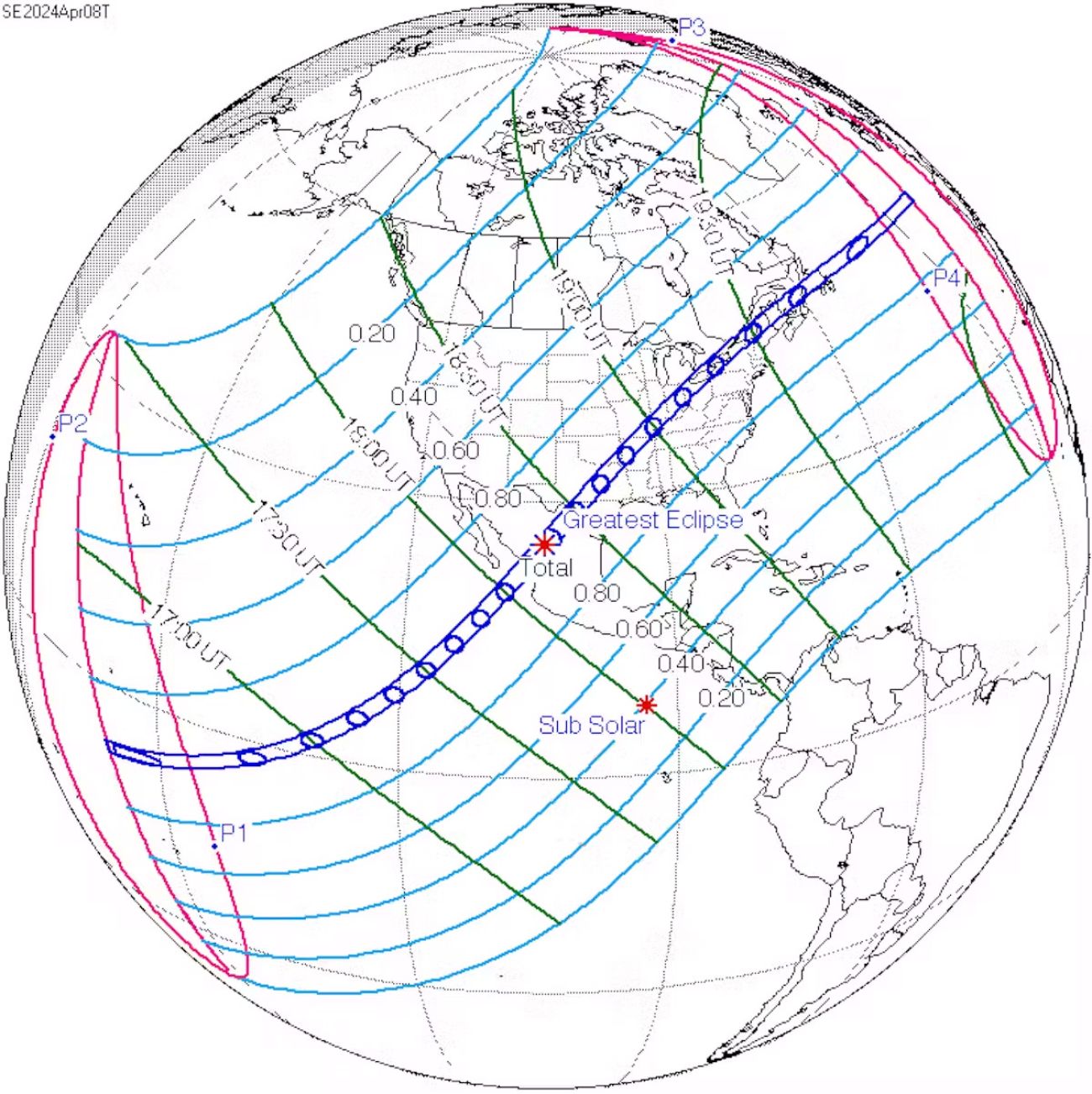
After April 8, the next solar eclipse that will run from coast to coast in North America will be in 2045.
2. How often do eclipses happen?
A solar eclipse happens, on average, a couple times a year. The moon passes between the Earth and sun every 29 days. We call that time the “new moon” – when the moon is not visible in Earth’s nighttime sky.
However, the moon’s orbit and the sun's path in our sky don’t match up exactly, so at most of those new moon events, the moon appears above or below the sun.
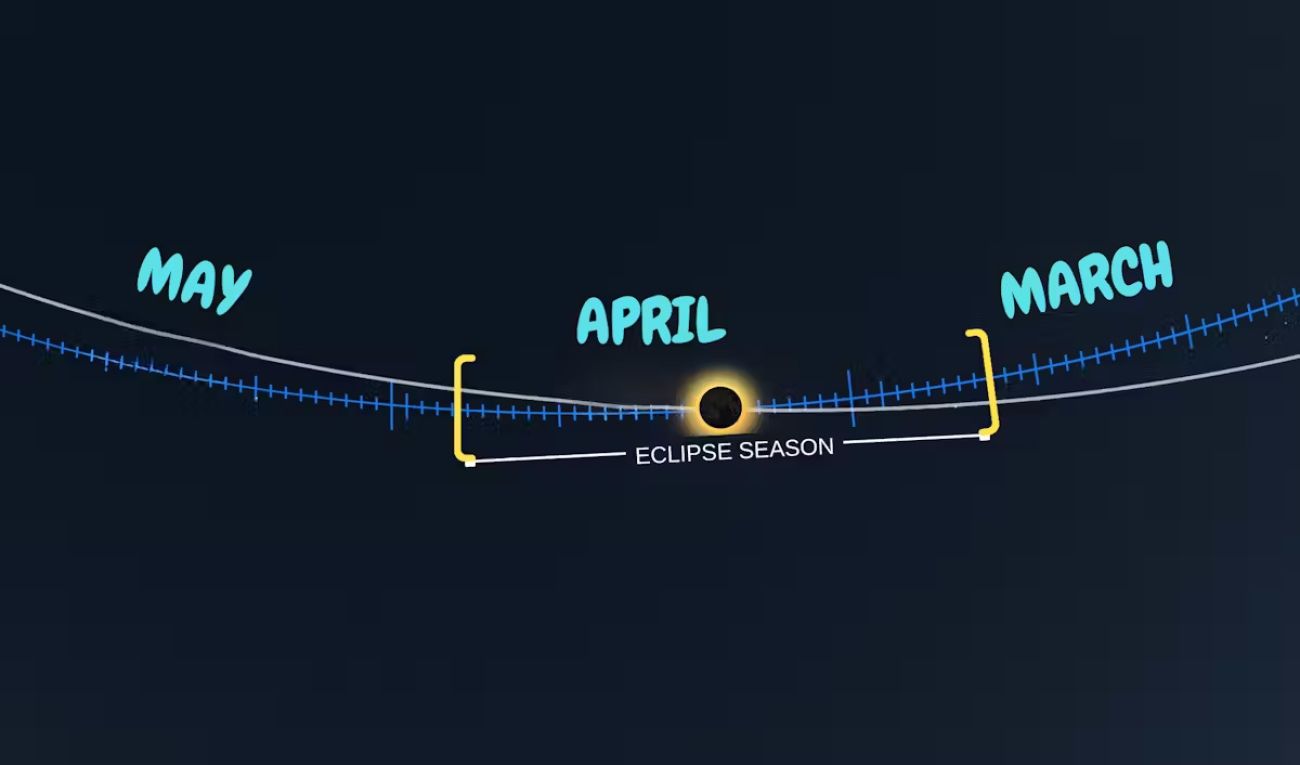
Twice a year, though, there is a period when the moon and the sun line up with Earth – astronomers call this an eclipse season. It lasts about 34 days, long enough for the moon to complete a full orbit, and then some, of the Earth.
During each eclipse season, there are at least two eclipses visible from some parts of the Earth. At the full moon, there will be a lunar eclipse, when the moon passes directly behind the Earth, resulting in a darker, reddish-colored moon. And at the new moon, there will be a solar eclipse, when the sun is blocked by the moon.
3. What can be learned from eclipse events, or are they just oddities in nature?
Scientists can definitely learn things from eclipses. The outermost layer of the sun, known as the corona, is difficult to study because it’s less bright than the rest of the sun – so it’s hard to see it amid the rest of the sun's brightness.
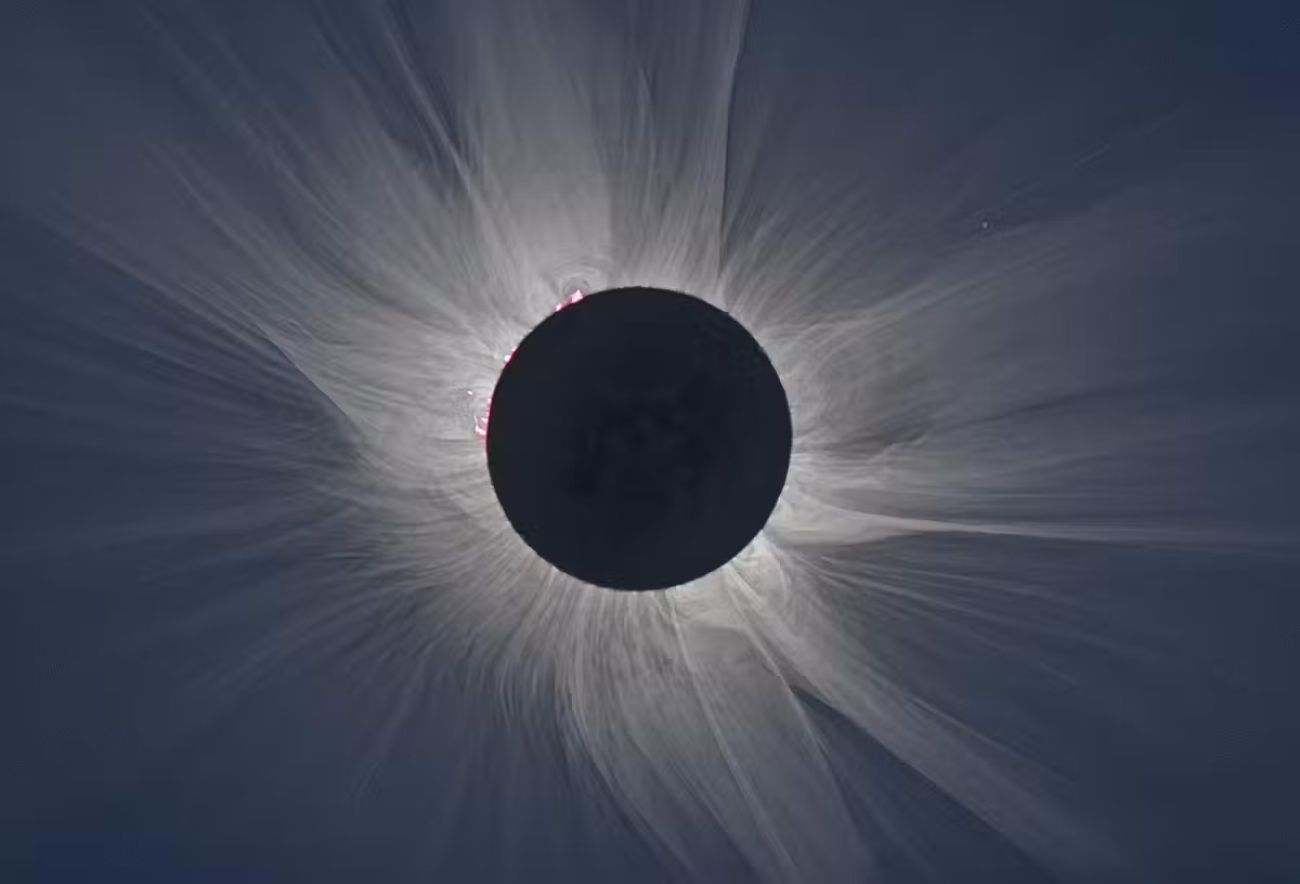
When the moon blocks the sun, the corona becomes visible – it’s the famous visual of the halo of light around the dark disk of the moon. Currently ,astronomers study this by creating an artificial eclipse with a mask built into special instruments on telescopes called coronagraphs. This strategy is great, but it doesn’t allow the best pictures. Eclipses give scientists opportunities to get more data to study the corona in depth.
Researchers can also learn about Earth itself. In an area affected by an eclipse, the darkening of the sun leads to a sudden drop in temperature. NASA-funded studies during this eclipse will look at the effects from the eclipse on our atmosphere as well as what happens on land. Previous studies observed animal behavior during an eclipse in 2001 and noted that some animals went through their night routines as the sun disappeared, while others became nervous.
And scientists can learn about the whole universe. More than 100 years ago, an eclipse proved a prediction Albert Einstein had made about gravity. That success helped make him a household name. In his general theory of relativity, Einstein had predicted that gravity could bend the path of light. The effect he predicted was very slight, so it would best be viewed as the light passed a very large celestial body as part of its travels across a very long distance of space.
Sir Arthur Eddington, an astronomer who helped further the study of general relativity and whose work is a major piece of our modern understanding of stars and black holes, used the darkness provided by a solar eclipse to look at the position of the stars’ light during the day, when they passed the sun. He then compared those positions to their known positions at night. He saw that the gravity of the sun had bent the path – exactly as, and in the precise amount, Einstein had predicted.
4. How weird is it that the moon can basically exactly block out the sun?
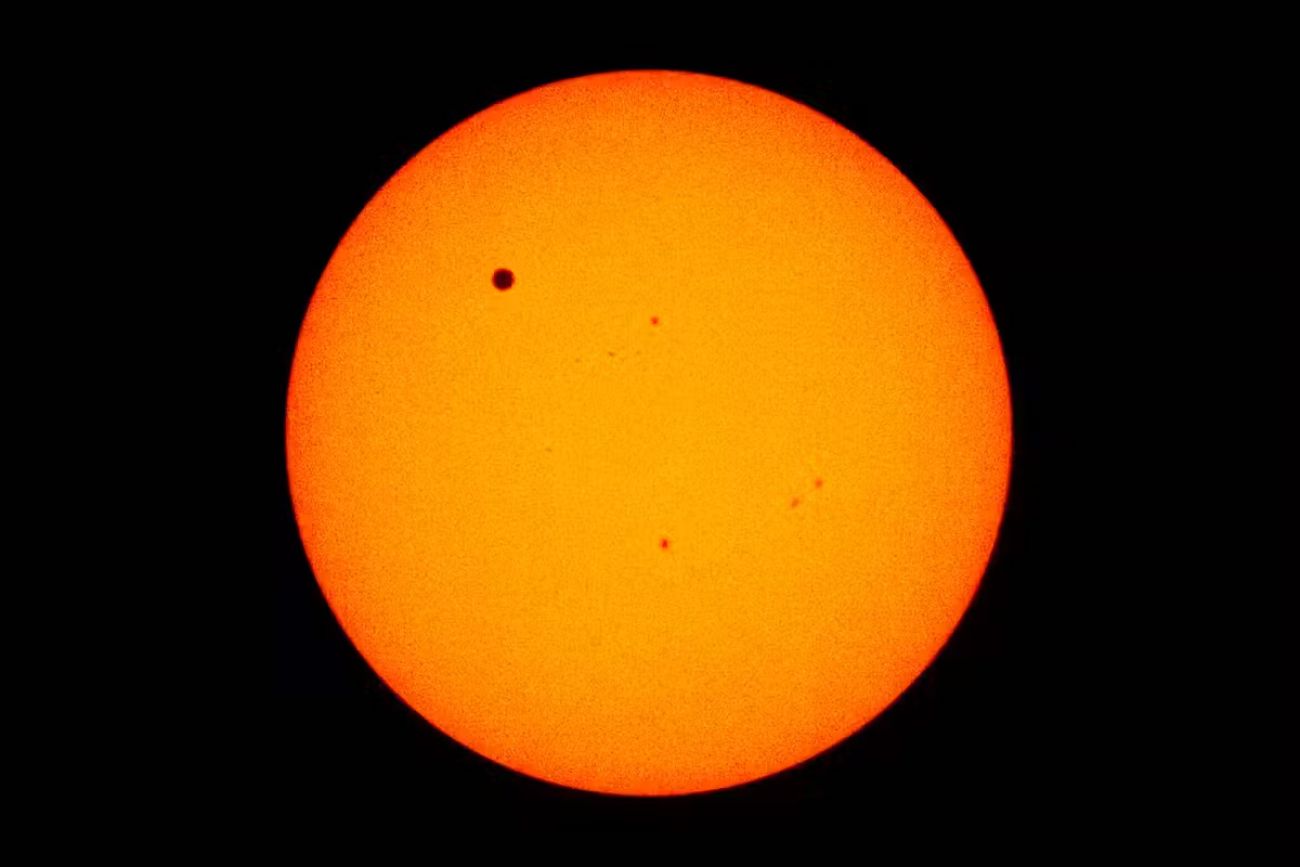
It is very unusual that the moon and the sun just happen to be at the right distances and sizes to appear to have the same size in our sky. This allows the moon to perfectly block the sun's disk, while also showing us the corona.
Venus and Mercury, for instance, can also pass in front of the sun from our perspective. However, they appear as small specks moving across the sun.
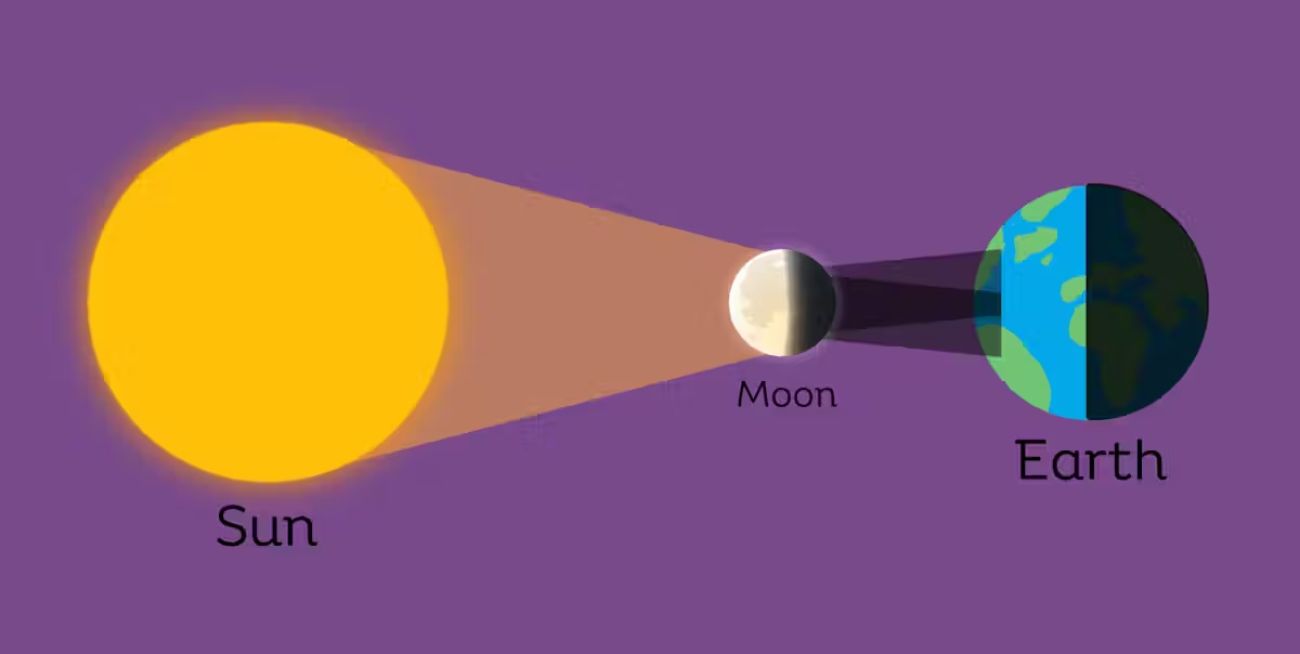
5. What would someone standing on the moon see happen on Earth? Would Earth get dark?
If you were on the moon, you would be able to see the effects of the solar eclipse on Earth only if you were standing on the moon's night side, the side facing the Earth. You would see a round shadow cast onto the Earth.
This particular eclipse’s shadow will first hit the Pacific Ocean, make landfall in Mazatlán, then move through Texas in a diagonal path toward Maine, ending off the coast of Newfoundland in the Atlantic Ocean. This path the shadow takes is called the path of totality.
Protect your eyes when viewing a solar eclipse
Looking directly at the sun can severely damage your eyes. To watch the eclipse while still protecting your eyesight, do at least one of three things, whether you are in the path of totality or only viewing a partial eclipse.
- Purchase eclipse glasses from reputable stores such as a local planetarium or science center.
- Use welder's glass – be sure to get darkness number 14.
- Build a device to display a projection of the sun's image.
- Don't remove your eye protection unless you're certain you're looking at the sun during the short period when it's completely eclipsed by the moon – and never remove it if you're in an area where only a partial eclipse is viewable.
Michigan Environment Watch
Michigan Environment Watch examines how public policy, industry, and other factors interact with the state’s trove of natural resources.
- See full coverage
- Subscribe
- Share tips and questions with Bridge environment reporter Kelly House
Michigan Environment Watch is made possible by generous financial support from:
Our generous Environment Watch underwriters encourage Bridge Michigan readers to also support civic journalism by becoming Bridge members. Please consider joining today.
See what new members are saying about why they donated to Bridge Michigan:
- “In order for this information to be accurate and unbiased it must be underwritten by its readers, not by special interests.” - Larry S.
- “Not many other media sources report on the topics Bridge does.” - Susan B.
- “Your journalism is outstanding and rare these days.” - Mark S.
If you want to ensure the future of nonpartisan, nonprofit Michigan journalism, please become a member today. You, too, will be asked why you donated and maybe we'll feature your quote next time!






